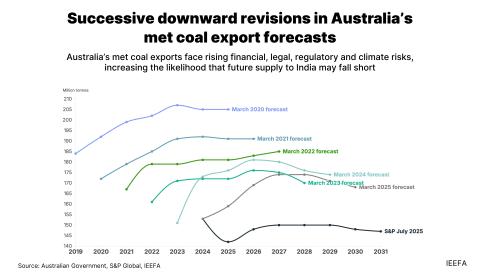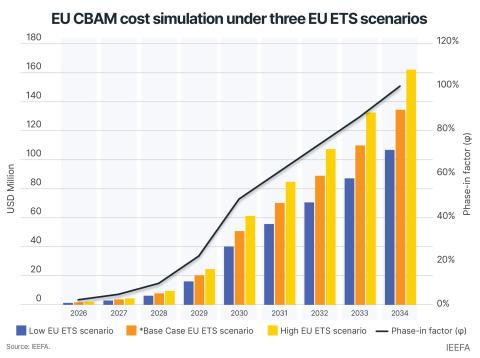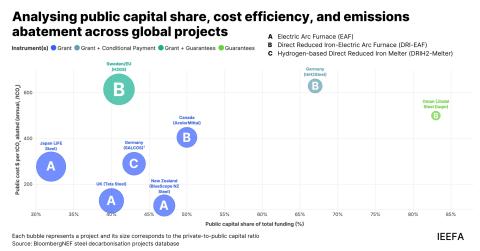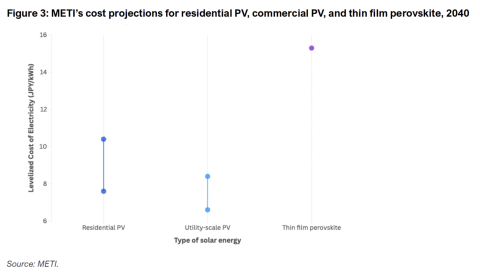Building a climate finance ecosystem: India’s draft taxonomy framework

Key Findings
One of the guiding principles for India’s taxonomy framework focuses on aligning taxonomy development with domestic pathways and sector-specific decarbonisation trajectories. This is vital to ensure that the taxonomy reflects India's development priorities and emissions profile.
The taxonomy should align with India's upcoming Carbon Credit Trading Scheme. The Bureau of Energy Efficiency has already issued draft Greenhouse Gas Emission Intensity targets for some high-emission sectors. These targets should inform the taxonomy’s technical screening criteria.
From a global investor’s perspective, the taxonomy should be aligned with international frameworks. As emerging economies increasingly rely on capital flows from developed market investors to finance their transitions, any misalignment in taxonomy structure can reduce investor confidence.
A particularly relevant principle for India is the proportionality support for Micro, Small, and Medium Enterprises (MSMEs). Given that India hosts one of the largest MSME bases globally, with a majority comprising small enterprises with limited awareness on energy transition, tailored criteria for inclusion in the taxonomy is important.
The role of private capital in supporting energy transitions across emerging economies has been well established in global climate finance discourse. For emerging markets, excluding China, climate investment needs are projected at US$2.3-2.5 trillion annually by 2030 to align with the Paris Agreement goals. This requirement is expected to rise to US$3.1-3.5 trillion per year from 2035 onwards. Meeting this demand will mean relying heavily on private finance. This, in turn, requires a well-functioning climate finance system anchored in transparent, science-based taxonomies.
In this context, India’s draft climate finance taxonomy framework represents a significant step forward. As one of the largest and fastest-growing economies, India’s articulation of what constitutes “climate-aligned” activities and assets is key to unlocking investment at scale. The draft framework marks a long-awaited move to bring clarity and structure to India’s climate finance agenda.
The taxonomy framework draws on global best practices while remaining grounded in India’s domestic realities. It outlines eight core principles to guide the identification of climate-aligned activities, projects and technologies. However, while these principles are well-rounded, more specificity is needed to evaluate their practical relevance and impact.
The Need for Sectoral Pathways and Coherence
One of the guiding principles focuses on aligning taxonomy development with domestic pathways and sector-specific decarbonisation trajectories. This is vital to ensure that the taxonomy reflects India's development priorities and emissions profile. Currently, only the steel sector has a defined low-carbon pathway till 2070. The challenge will be defining eligible assets in sectors where such trajectories have not yet been articulated. Given that drafting these pathways may be outside the Ministry of Finance’s purview, it is important that the taxonomy process aligns with the efforts of NITI Aayog, which is working on sectoral decarbonisation roadmaps.
Harmonising Definitions Across Regulatory Frameworks
A unified taxonomy can serve as a reference point for investors and regulators. India’s regulatory ecosystem has overlapping definitions of “green” across multiple frameworks –the Securities and Exchange Board of India’s guidelines on green debt issuance, the Ministry of Finance’s sovereign green bond framework, and sector-specific standards (e.g., green steel). Without standardisation, investors face uncertainty, potentially dampening the flow of climate-aligned capital.
Alignment with India’s Upcoming Carbon Credit Trading Scheme
The taxonomy should also align with India's upcoming Carbon Credit Trading Scheme. The Bureau of Energy Efficiency has already issued draft Greenhouse Gas Emission Intensity targets for a few high-emission sectors. These targets should inform the taxonomy’s technical screening criteria, which decides what asset or activity is eligible to be included in the taxonomy, to ensure consistency across policy instruments.
Supporting Transition Activities Where It Matters Most
Another critical principle included in the taxonomy framework is support for transition activities, one of the most contentious issues in taxonomy regulation. While such support is essential for activities that contribute to decarbonisation over time, particularly in sectors where immediate decarbonisation is challenging, it also raises concerns about the potential lock-in of high-emission assets. To prevent asset lock-in, the following measures should be incorporated in the taxonomy framework:
- First, the taxonomy should include safeguards such as sunset clauses and emission reduction milestones. This will ensure that transition assets are treated as temporary and regularly reviewed. For example, the ASEAN taxonomy has a tiered system, allowing certain high-emission activities only until 2030 or 2040, depending on how environmentally advanced they are.
- The regulation should also include a feasibility assessment, explaining why low-carbon alternatives are not viable and when they could become feasible. This helps distinguish actual transition assets from those lacking credible pathways.
- Additionally, transition assets included should be able to accommodate cleaner technologies. For example, the EU taxonomy allows gas-fired power plants only if they’re designed to switch to low-carbon fuels.
- Finally, financing such assets should be contingent on the disclosure of credible climate transition plans by borrowers. Robust transition plans allow capital providers to justify these exposures as part of a broader, long-term decarbonisation strategy.
Promoting Indigenous Technologies, Without Lowering the Bar
The framework also includes an emphasis on promoting indigenous technologies, in line with India’s goal of greater technological self-reliance. However, the screening thresholds for ascertaining which activities will be included in the taxonomy, must not be diluted. Domestic products should also meet robust performance and environmental integrity standards to qualify as climate aligned.
Making Room for MSMEs in the Green Economy
A particularly relevant principle for India is the proportionality support for Micro, Small, and Medium Enterprises (MSMEs). Given that India hosts one of the largest MSME bases globally, with a majority comprising small enterprises with limited capacity or awareness on energy transition, tailored criteria for inclusion in the taxonomy is an important step. However, proportionality should not mean compromising on the screening criterion for taxonomy alignment. Several proven energy-efficient technologies, such as those listed by the Bureau of Energy Efficiency, could be primary candidates for inclusion through a rigorous, yet accessible technical screening criterion.
Global Investor Perspective and Interoperability with Global Frameworks
From a global investor’s perspective, ensuring interoperability of the taxonomy with international frameworks is essential. As emerging economies increasingly rely on capital flows from developed market investors to finance their transitions, any misalignment in taxonomy structure can reduce investor confidence and limit capital flow.
While India’s taxonomy reflects its national priorities and development goals, the technical screening criteria must remain science-based and ambitious. Without this, global investors may fall back on internationally recognised taxonomies.
To conclude, India’s draft taxonomy framework is a timely step towards unlocking large-scale climate finance. It rightly seeks to balance domestic realities with global expectations. However, its success will depend on how effectively it aligns with sectoral pathways, upholds technical integrity and supports credible transitions. With these elements in place, the taxonomy can serve as a cornerstone of India’s green capital market and a model for other emerging economies.

















